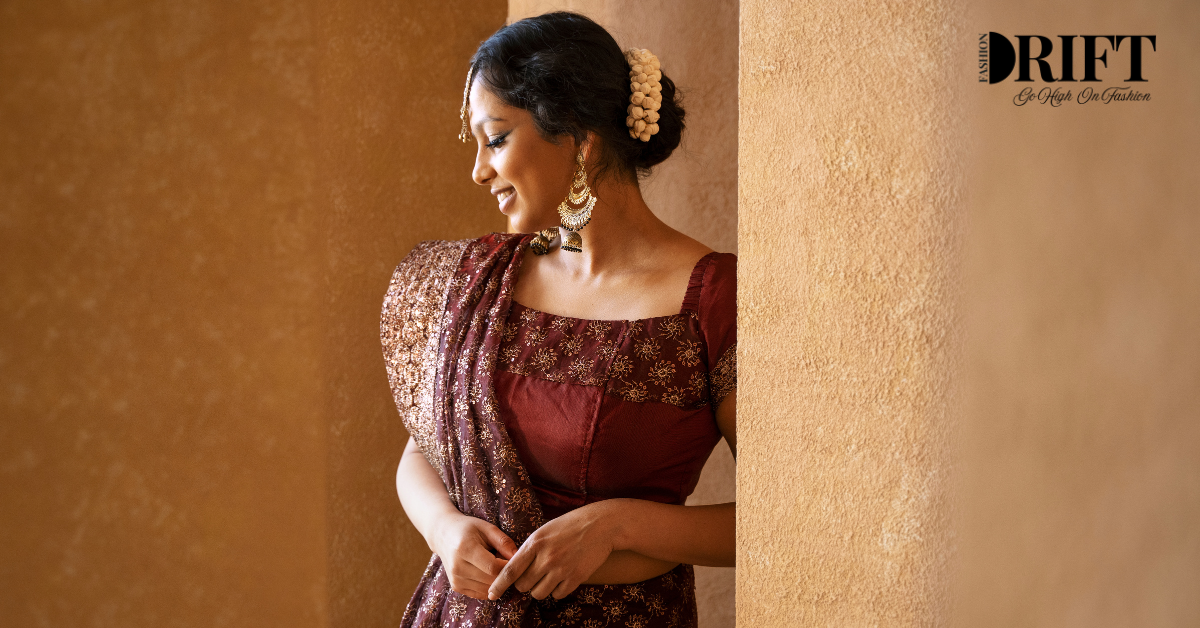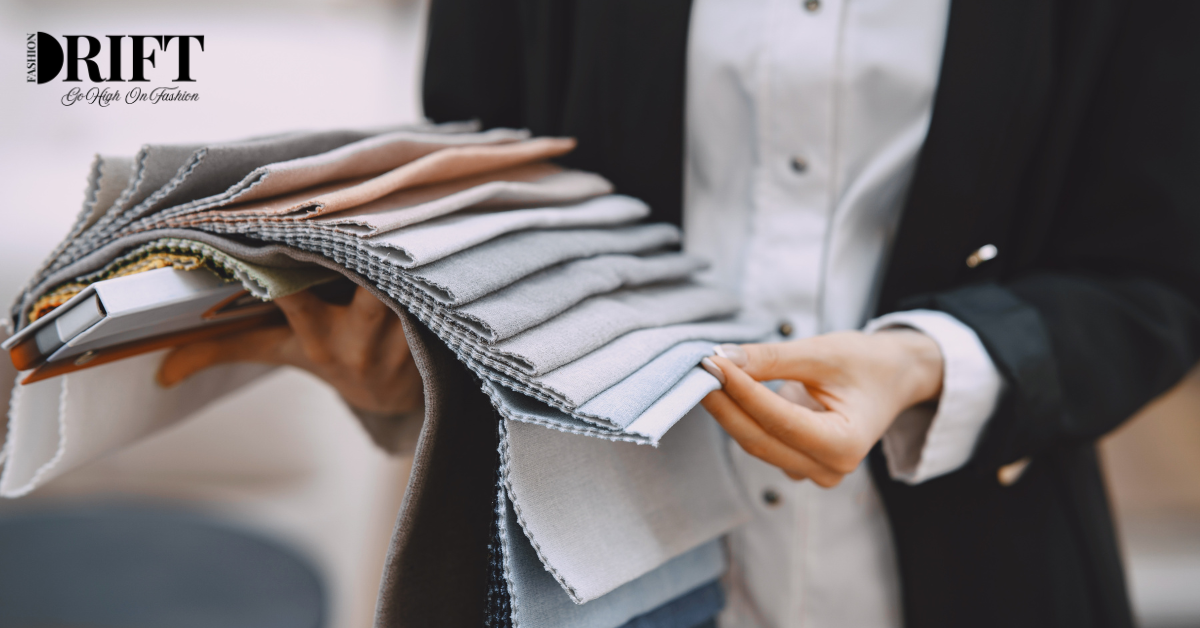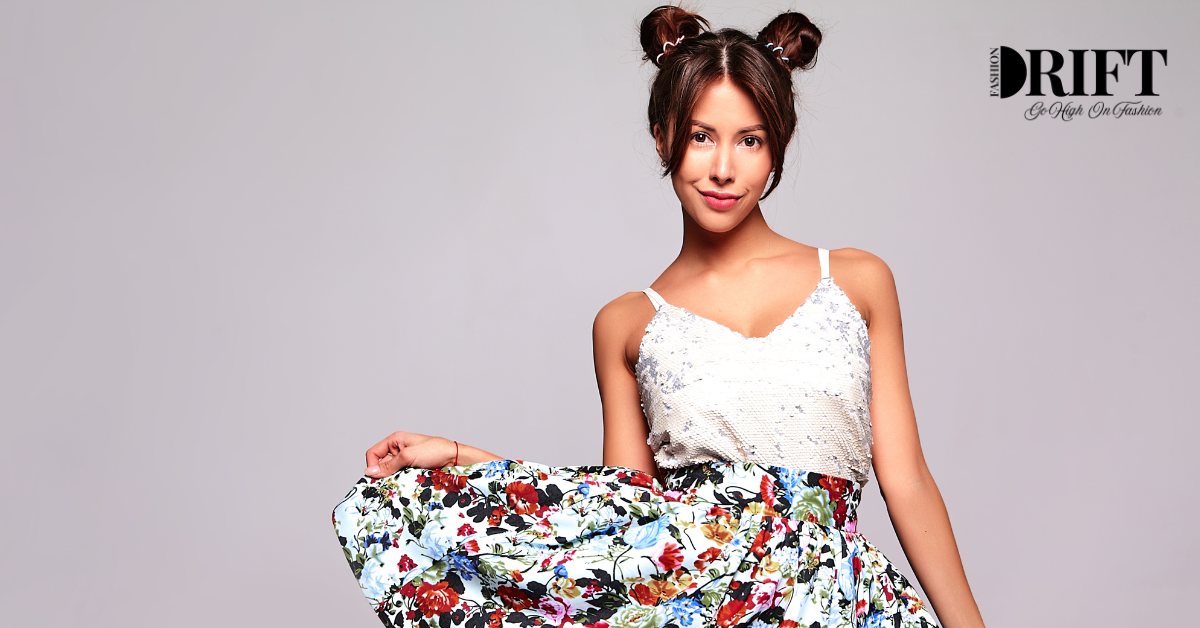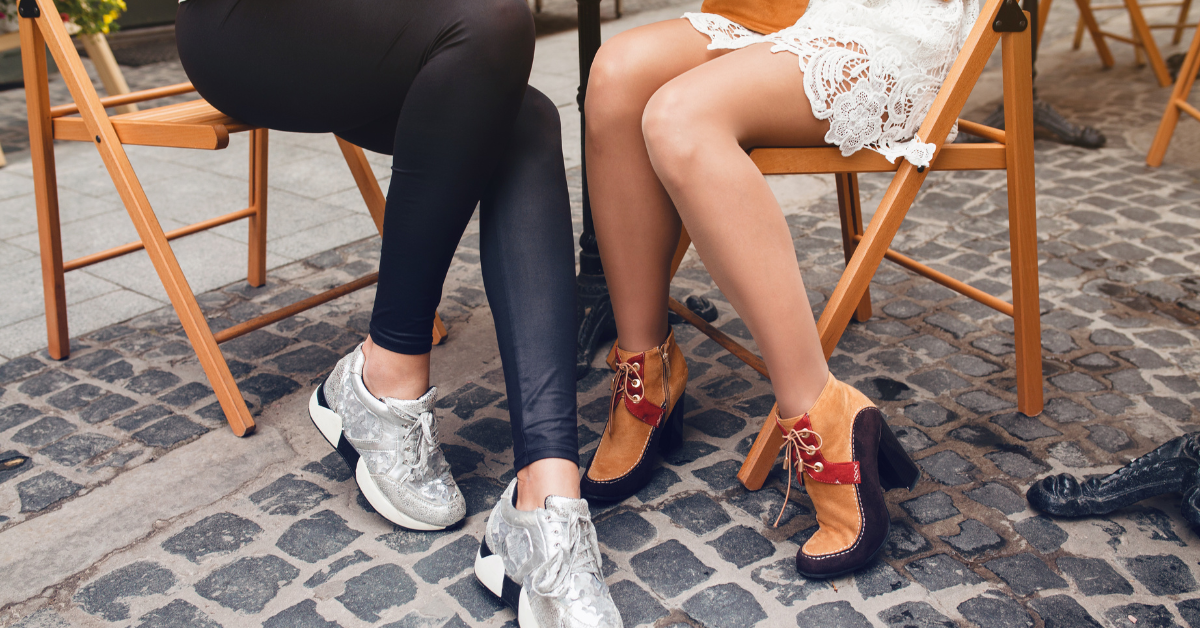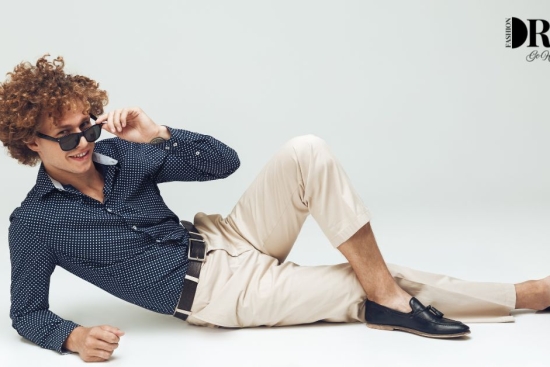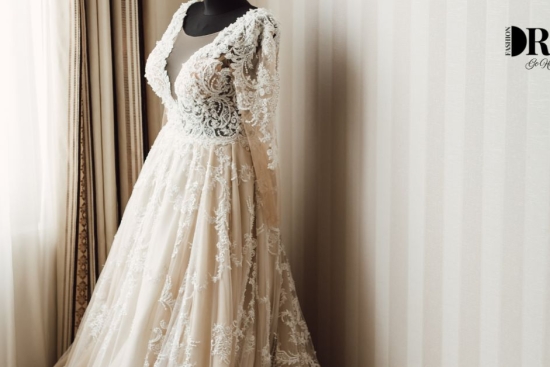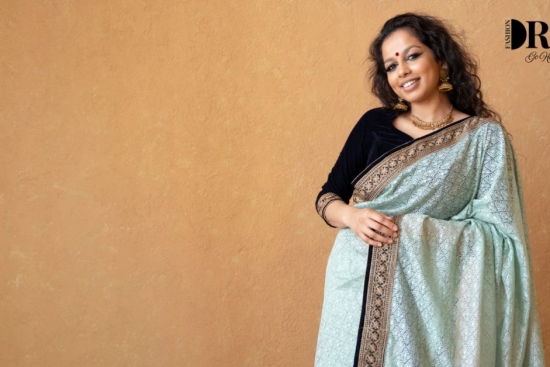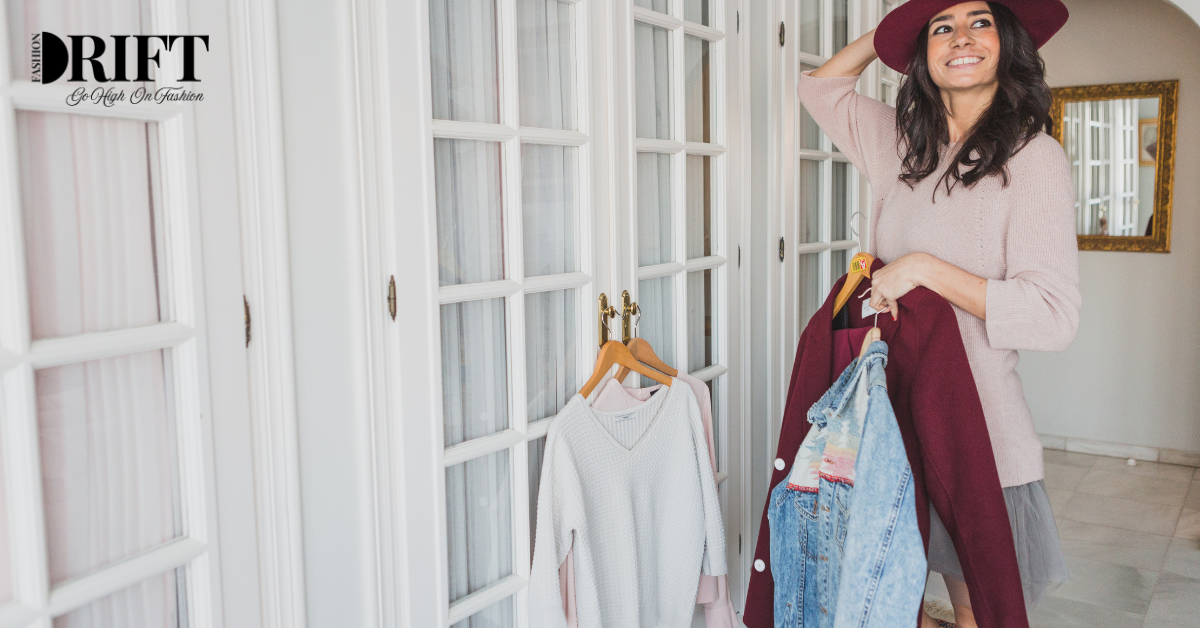
Introduction
Men’s traditional attire holds a special place in fashion, embodying culture, heritage, and timeless elegance. However, as fashion evolves, integrating modern elements into traditional outfits can help you achieve a fresh, contemporary look while respecting your roots. Whether it’s for a wedding, festive occasion, or a casual gathering, restyling traditional wear can add a unique charm to your wardrobe. In this guide, we will explore the best ways to modernize men’s traditional outfits, from fabric choices to accessories, while maintaining their cultural essence.
Understanding the Significance of Traditional Attire
Traditional attire is more than just clothing; it represents the history, values, and craftsmanship of a culture. Whether it’s the kurta-pajama, sherwani, dhoti, or bandhgala, each piece carries a deep-rooted significance. Over the years, designers have introduced innovative ways to restyle these outfits, allowing men to wear them with confidence while adapting to contemporary trends. By understanding the essence of traditional wear, one can make informed styling choices that maintain authenticity while incorporating a modern touch.
Choosing the Right Fabric for a Modern Look
Fabric plays a crucial role in the overall appearance of traditional attire. While classic fabrics like silk, cotton, and linen remain timeless, newer blends such as handloom weaves, jacquard, and lightweight wool are gaining popularity. Opting for breathable fabrics with a smooth finish can make the outfit more comfortable and stylish. Velvet, brocade, and georgette are excellent choices for a grand, royal look, while lighter fabrics like chanderi and muslin are ideal for a breezy, modern twist.
Experimenting with Modern Silhouettes
Gone are the days when traditional outfits had rigid silhouettes. Today, men can explore asymmetrical hemlines, structured fits, and layered ensembles to add a contemporary edge. For example, pairing an Angrakha-style kurta with tapered trousers or opting for a fusion dhoti with a tailored blazer can completely transform the conventional look. Additionally, a well-fitted sherwani with slim-cut pants rather than traditional churidars gives a sleeker, more refined appearance.
Enhancing Traditional Outfits with Layering
Layering is a great way to restyle traditional wear while adding depth and dimension to an outfit. Instead of a plain kurta, consider layering with a long jacket, Nehru coat, or embroidered waistcoat. These pieces can introduce patterns, textures, and colors that enhance the overall look. A well-chosen stole or shawl can also add sophistication, especially for formal events.
Playing with Colors and Prints
While neutral and earthy tones remain classic, experimenting with pastels, jewel tones, and monochrome palettes can make your outfit stand out. Bold prints, geometric patterns, and floral embroidery add a trendy flair to traditional attire. If you prefer subtlety, opt for tonal embroidery or textured weaves that provide depth without overwhelming the ensemble.
Updating Accessories for a Modern Touch
Accessories can make or break an outfit. Instead of sticking to traditional accessories, mix and match modern elements such as:
- Minimalist brooches instead of heavy embellishments
- Leather or embroidered juttis over conventional mojaris
- Statement watches with metal or leather straps
- Contemporary pocket squares and stylish cufflinks
- Layered beaded or metal necklaces
These additions can refine the overall aesthetic while maintaining a balance between tradition and contemporary style.
Fusion Styling: Blending Western and Ethnic Elements
Fusion fashion is gaining momentum, offering a refreshing take on traditional menswear. A bandhgala paired with chinos, a kurta with denim jackets, or tailored sherwanis with modern loafers can redefine how traditional outfits are perceived. These combinations make cultural attire more versatile and suitable for various occasions.
Choosing the Right Footwear
Footwear is an integral part of a well-styled outfit. Instead of the usual kolhapuris or mojaris, consider ankle boots, stylish loafers, or oxford shoes to give a contemporary edge. For festive or wedding occasions, velvet or embroidered juttis work well, whereas casual traditional wear can be paired with slip-on sandals or sneakers for a more relaxed approach.
Grooming and Hairstyling for a Polished Look
A well-styled outfit deserves an equally refined grooming routine. A neatly trimmed beard, well-set hair, and clear skin can enhance the elegance of traditional attire. Experimenting with hairstyles such as slicked-back hair, textured waves, or side-parted cuts can complement different looks. Ensuring personal grooming aligns with the outfit’s aesthetic creates a polished appearance.
Customization and Personalization
Bespoke clothing is becoming increasingly popular, offering a perfect fit and unique detailing that off-the-rack outfits lack. Opting for custom embroidery, monogrammed initials, or personalized cuts can make traditional wear more exclusive. Customization allows men to reflect their style while maintaining the cultural essence of their outfits.
Revamping Wardrobe Essentials
If you have traditional outfits that feel outdated, simple modifications can bring them back to life. Altering hemlines, adding modern buttons, or updating the fabric lining can make a significant difference. Repurposing old sherwanis into stylish long jackets or turning vintage kurtas into modern tunics can maximize their usability and give them a fresh, updated look.
Seasonal Adaptations for Comfort and Style
Traditional attire should be styled based on the season for both comfort and aesthetics. During summers, light cotton and linen fabrics in pastel shades keep things airy and breathable. For winters, layering with wool-blend bandhgalas or accessorizing with thick shawls ensures warmth while maintaining sophistication. Understanding seasonal adaptations helps in selecting the right pieces for various occasions.
Conclusion
Restyling men’s traditional attire is all about finding the perfect balance between cultural heritage and contemporary fashion trends. By experimenting with fabrics, silhouettes, colors, and accessories, men can create unique, modernized looks without compromising on tradition. Whether it’s layering with jackets, blending ethnic and western elements, or focusing on finer details like footwear and grooming, these tips help in transforming traditional outfits into fashion-forward ensembles. Revamping your wardrobe with fresh ideas ensures that every occasion is met with confidence, style, and an appreciation for heritage.
